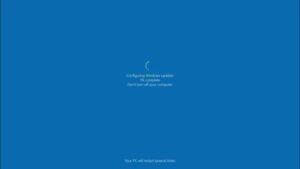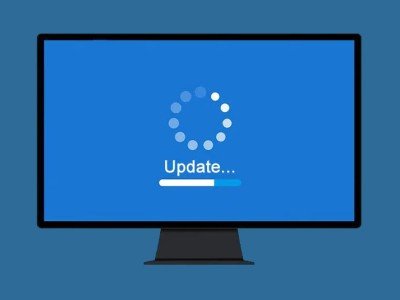Microsoft is currently testing an innovative feature for Windows 11 that aims to simplify the process of updating third-party applications. The company is developing a unified platform that would allow all installed software on a PC to be updated automatically through the existing Windows Update mechanism. This initiative has the potential to eliminate the need for users to manually check for and install updates for each application and could also standardize how developers deliver new versions of their software.
Microsoft has begun granting early access to this application update functionality to developers through the Windows Update orchestration platform. The core idea is to enable third-party applications to receive updates centrally, in a manner similar to how Windows itself receives its updates and patches. Furthermore, the system will offer the flexibility to schedule update installations based on user activity, time of day, or even the battery level of the device, which would be particularly beneficial for laptops and tablets.

Angie Chen, a product manager at Microsoft, elaborated on the vision behind this development: “We are developing a vision for a single, intelligent update management platform that can support any update (apps, drivers, etc.) alongside Windows updates.”
This new system will integrate deeply with the existing Windows Update infrastructure. In addition to the automated update process, applications leveraging this platform will be able to utilize Windows Update’s notification system to inform users about available updates. Moreover, updates for third-party software will be logged alongside Windows security patches within the update history, providing a comprehensive overview of system changes.
While Microsoft has begun testing this feature with developers, the timeline for its inclusion in stable, public builds of Windows 11 has not yet been announced. This move towards a unified update platform could significantly improve the user experience by ensuring that all software remains up-to-date with minimal user intervention, enhancing both security and functionality. It also promises to ease the burden on developers by providing a standardized and reliable method for distributing software updates.
